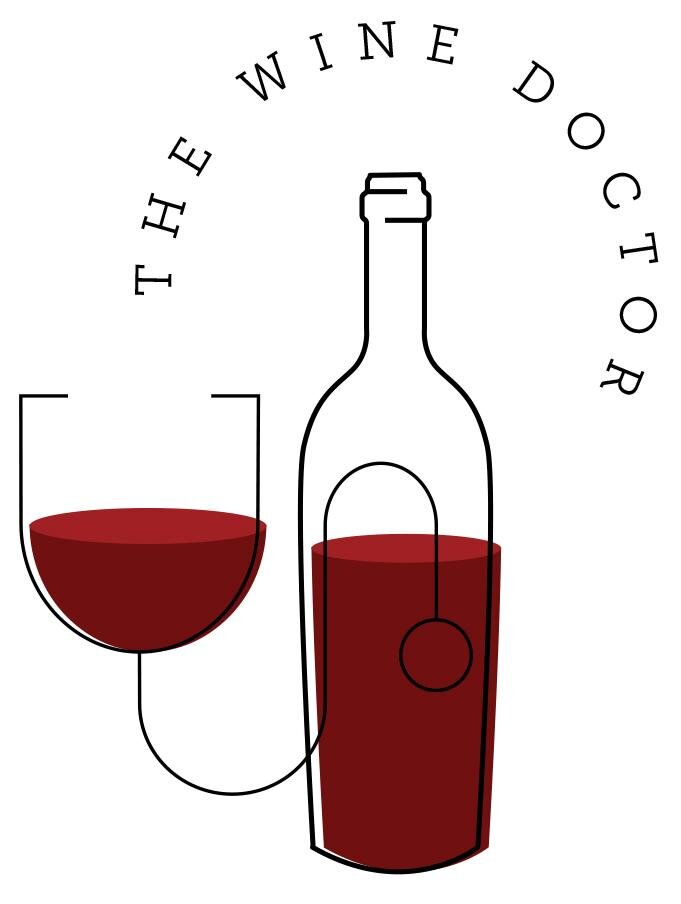Not your father’s Chardonnay
…or your mother’s, although I might be disrespecting some parents out there.
Anyway, what matters is I am keeping my promise! In my last post, BBQ Redux, I told my white wine drinkers I would not forsake them again.
As I was fretting about what to profile, a regular reader told me I should remind Chardonnay drinkers that their favorite wine doesn’t just come from California.
Brilliant.
So here we go! My choice for today’s blog allows me to highlight another one of those Old World wine names that too many people think is a grape variety, but isn’t.
Today’s journey takes us to the Burgundy region of France, to sample a white wine classic: Chablis. That’s right, Chablis is a place, not a grape.
Time for some mapography:
This is a great map! Full of easy-to-read facts!
Look at the little map that shows Paris, with two areas to the southeast in red. Our region, Chablis, is the smaller, more northern of the two. Chablis and its sister Burgundy regions to the southeast are home to some of the greatest Chardonnay and Pinot Noir producers on the planet.
When it comes to Chablis, it is all about Chardonnay. Before we dive into our wine, a little Burgundy tutorial is in order. This will help you when you are looking at a label on the shelf, or a name on a wine list.
Burgundy has a classification system which divides wines into one of 3 basic categories: Crus; Villages and Appellation. Cru (“kroo”) can be thought of as a vineyard or vineyards of recognized quality. Crus are the most prestigious wines of Burgundy (with a price tag to match) and are broken down into two sub-classifications: Grand Cru, the highest classification; and Premier Cru, written as “1er” on the label. Villages wines are quality wines from focused areas. Appellation wines are entry-level wines.
In Chablis, there are 7 Grand Cru vineyards, all on one southwest-facing hill overlooking the town of Chablis along the Serein River. There are roughly 40 Premier Cru vineyards in Chablis, scattered more broadly on either side of the river.
Regular readers know that wines the Doctor profiles are usually budget friendly. However, in this case (and from time to time in the future) we will explore wines at a higher price point.
So…what are we drinking? I have selected a Village-level Chablis from one of the best known and most successful producers in the region: Joseph Drouhin.
Drouhin Vaudon 2018 Chablis
Some of you may know this name. Drouhin is synonymous with Burgundy, but you may also recognize it for their long-standing investment in Oregon ("French Soul, Oregon Soil”). Over the last 140 years, Drouhin has acquired 90 different locations in Burgundy (almost 200 acres), producing some of the world’s great Chardonnay and Pinot Noir.
The family business is managed by its fourth generation: 3 brothers and sister Veronique, who is winemaker for both France and Oregon. The Drouhins take an organic and biodynamic approach to their land: “natural answers to natural problems".
Look at the label. You don’t see the words “Grand Cru” or “Premier Cru” (or “1er Cru”), so our wine is a “Village” classification. Imported by the well-known Dreyfus Ashby, so it should be widely available. Approximately $26 at my local Heinens.
The Drouhin “Moulin de Vaudon” Estate in Chablis on the Serein River
Tasting:
Another regular reader said recently: “I didn’t know you don’t like Chardonnay”. That’s not entirely true I replied, I just like it a certain way. Personal preference aside, I think you should get to know this expression of Chardonnay. Chablis, including our wine, generally does not spend any time in oak. Instead, it gets its character from limestone soils known as “Kimmeridgian”, a white-ish mortar containing the remains of tiny marine fossils (the bottom of a post-Jurassic sea!) that impart the lean, mineral style associated with quality Chablis.
In the glass, the Drouhin Chablis is a pale gold color. On the nose, you know right away you are not in California. The citrusy aromas are supported by some inviting mineral and spice notes. It draws you in. That first sip has you saying “oh my”. You get a beautiful, balanced package of fruit, acid and minerals. It can be hard to bring all of these components together without one overpowering the other, but Drouhin delivers, even at the “Village” level. On the palate, the wine actually has some “heft” to it despite the good acidity. The finish is nice and long. This wine spent 7-8 months in stainless, and the alcohol is only 12.5%, indicative of the cooler climate.
The Bottom Line:
Aaahh, now this is Chardonnay. Rich and clean at the same time, with a strong sense of terroir. Keeps you coming back. I won’t even do a Food & Wine paragraph for this one- it is so versatile. Just try it!
Ok, I admit it. I like Chardonnay.
Until next time.
Cheers!



